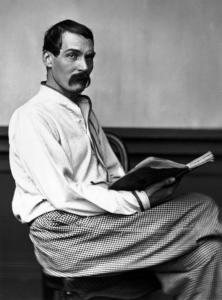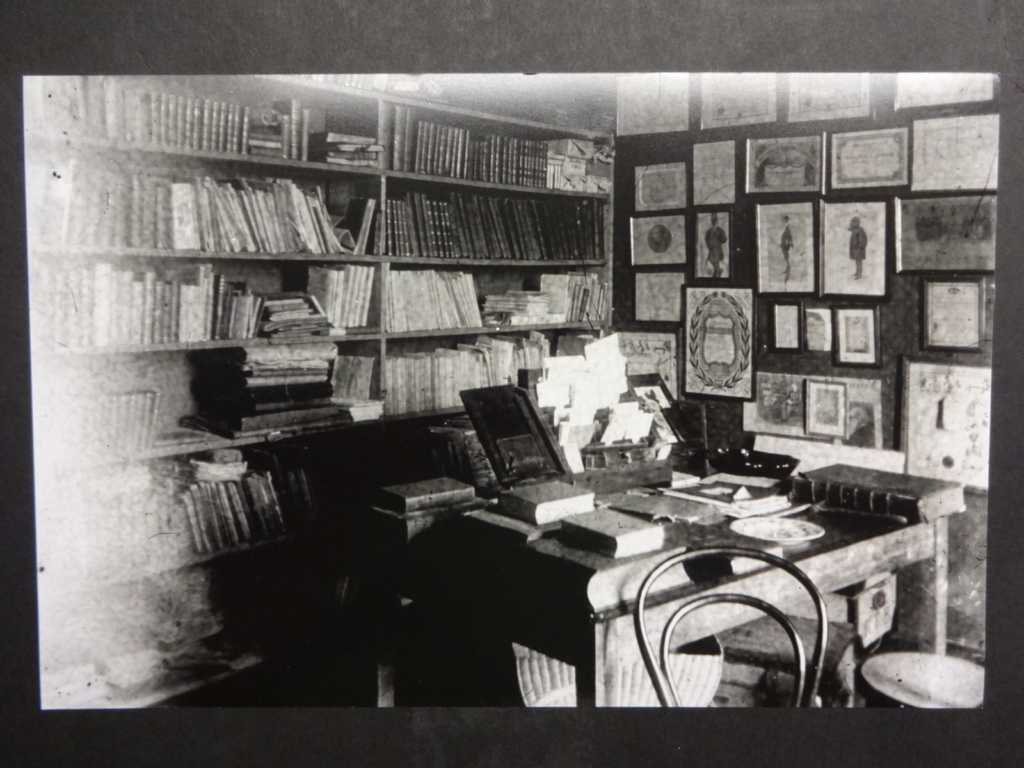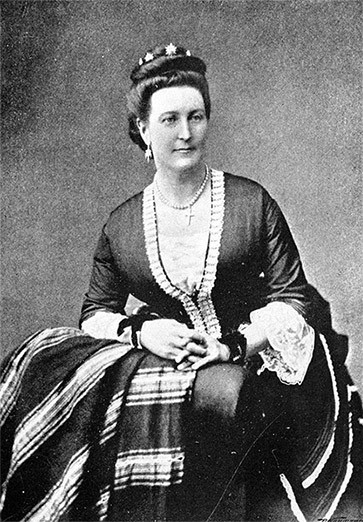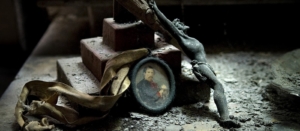Sir Richard Burton biography

Sir Richard Francis Burton FRGS (1821 – 1890) was a 19th century explorer, soldier, author and linguist. A true polymath who gained a reputation for speaking over twenty languages, including Gujrati, Punjabi and Marathi, and translating the Arabian Nights and the Kama Sutra. His achievements in exploration and geography are equally noteworthy, exploring Asia, Africa and the Americas.
It is important to note that many of Burton’s activities and views were considered contentious during his lifetime. He co-founded the Anthropological Society of London with James Hunt, an organisation booed in 1863 for its pro-slavery stance and advocation for the racist theory of polygenism. As a Victorian explorer who took full advantage of the British Empire, most of us today would find Burton’s expeditions and views unethical.
Exploration
In 1851, under the auspices of the Royal Geographical Society, Burton completed the Hajj, the annual pilgrimage of Muslims to Mecca and Medina, disguised as a sheikh. Having made sketches and extensive notes throughout his journey, his subsequent publication on the expedition became hugely popular, and made him a household name.
Burton went on to visit Harar, in modern-day Ethiopia, considered the fourth holiest city of Islam, Burton himself noted a local belief that, “with the entrance of the first Christian, Harar with fall’. He also visited Berbera, in Somalia, where he learnt about the ‘inland sea’ spoken about by the local traders. Burton believed that this might be the source of the Nile, which had eluded generations of travellers and explorers.

With further support from the RGS, Burton set off from the Zanzibar coast with John Hanning Speke, who had joined him on his expedition to Harar and Berbera, and a retinue of 132 porters. One of the number in the search of the source of the River Nile was Sidi Mubarak Bombay, a waYao explorer from the border of Tanzania and Mozambique. Bombay was enslaved at 12 years old and taken to Gujarat. Freed after the death of his enslaver, Bombay returned to East Africa where he met Speke. Bombay went on to participate in many expeditions across Africa with many leading European explorers such as Burton, Henry Morton Stanley. Burton described him as “the gem of the party”.
It was a torturous three-year journey and both Burton and Speke fell dangerously ill. However they made it to Lake Tanganyika – the largest of the African Great Lakes – the first westerners to do so. En route, they had been made aware of another lake, and with Burton too ill to continue, Speke took a small party north. He came across the southern shore of a great expanse of water that he identified as the source of the Nile and named Lake Victoria, after the Queen. However, Burton disagreed with Speke’s conclusion and on return to the UK the debate escalated into a public and very personal argument that played out in newspapers and academic journals. Despite both being awarded the RGS Gold Medal for their achievements, the disagreement would go onto haunt Burton and mar his reputation. In 1864 a debate was organised between the two explorers in Bath. But it never went ahead – Speke was killed in a hunting accident on his uncle’s nearby estate the afternoon before the debate. Rumours quickly circulated that Burton was to blame, which, although false, followed him throughout his subsequent career as a diplomat.

Linguistics
Burton’s extraordinary linguistic abilities led him to become proficient in up to twenty-nine languages including Latin, French, Hindi, Arabic, Italian and Greek. He reputedly spoke Latin from the age of three and Greek at four.
His linguistic talents led him to publish close to thirty volumes of translated texts including an unexpurgated edition of the Arabian Nights, The Perfumed Garden and the Kama Sutra into English.
Personal life
His favourite posting as a Consul was to Damascus, which is recorded as being one of the happiest periods of his life. He and Isabel, whom he’d married several years earlier and was in every way his equal, would often make trips into the desert living alongside the Bedouin. Isabel had a tent especially designed and made for these expeditions, which is believed to have been the model for his mausoleum in Mortlake.
Sir Richard Burton died of a heart attack in Trieste, where he’d been Consul for almost twenty years, on 20th October 1890. His body was transported back to Britain, and at the insistence of Isabel, who was a devout Catholic, was buried in the cemetery of St Mary Magdalen’s Roman Catholic Church in Mortlake. Yet, the mausoleum skilfully represents Burton’s lifelong love affair with the Middle East and Eastern philosophy.


The Mausoleum
Shaped like a tent the couple had designed for expeditions into the Syrian desert, the cloth has been beautifully carved from sandstone to look like it ripples in the breeze. A scalloped pelmet that runs around the building is decorated with the reversed Islamic star-and-crescent motif embossed with gold. At the very top of the tent is a gold leaf coated Star of Bethlehem. Inside, are a collection of lanterns from Syria. Camel bells have been strung from the ceiling and would have jingled when the door opened.
Burton is recorded as having said to Isabel, ‘I should like us both to be in a tent, side by side’ and so it is fitting that the mausoleum holds them both – the ornately carved and gilded coffin belongs to Sir Richard Burton, and the plainer mahogany one belongs to Isabel.
Habitats & Heritage are fundraising carry out essential repairs to the mausoleum and create an outreach programme to better understand Burton and his legacy. Please follow the link at the bottom of this page to donate to the project.
-

Burton: Exploring Without Boundaries
Support our work to conserve the mausoleum of Sir Richard Burton, the famous Victorian explorer, linguist and author.
£6,910.00 donated of £10,000.00 goal

Burton: Exploring Without Boundaries
Support our work to conserve the mausoleum of Sir Richard Burton, the famous Victorian explorer, linguist and author.
Habitats & Heritage are raising funds for the conservation of Sir Richard and Lady Isabel Burton’s mausoleum at St Mary Magdalen’s Roman Catholic Church, Mortlake – a fascinating structure designed to resemble the tent that the Burtons had made for their travels across the desert in Syria.
We are working to get permission to reopen the mausoleum by reinstating the door after it was sealed from the public almost fifty years ago. The project further intends to repair the deteriorating stonework and to conserve it by replacing the lime-wash finish.